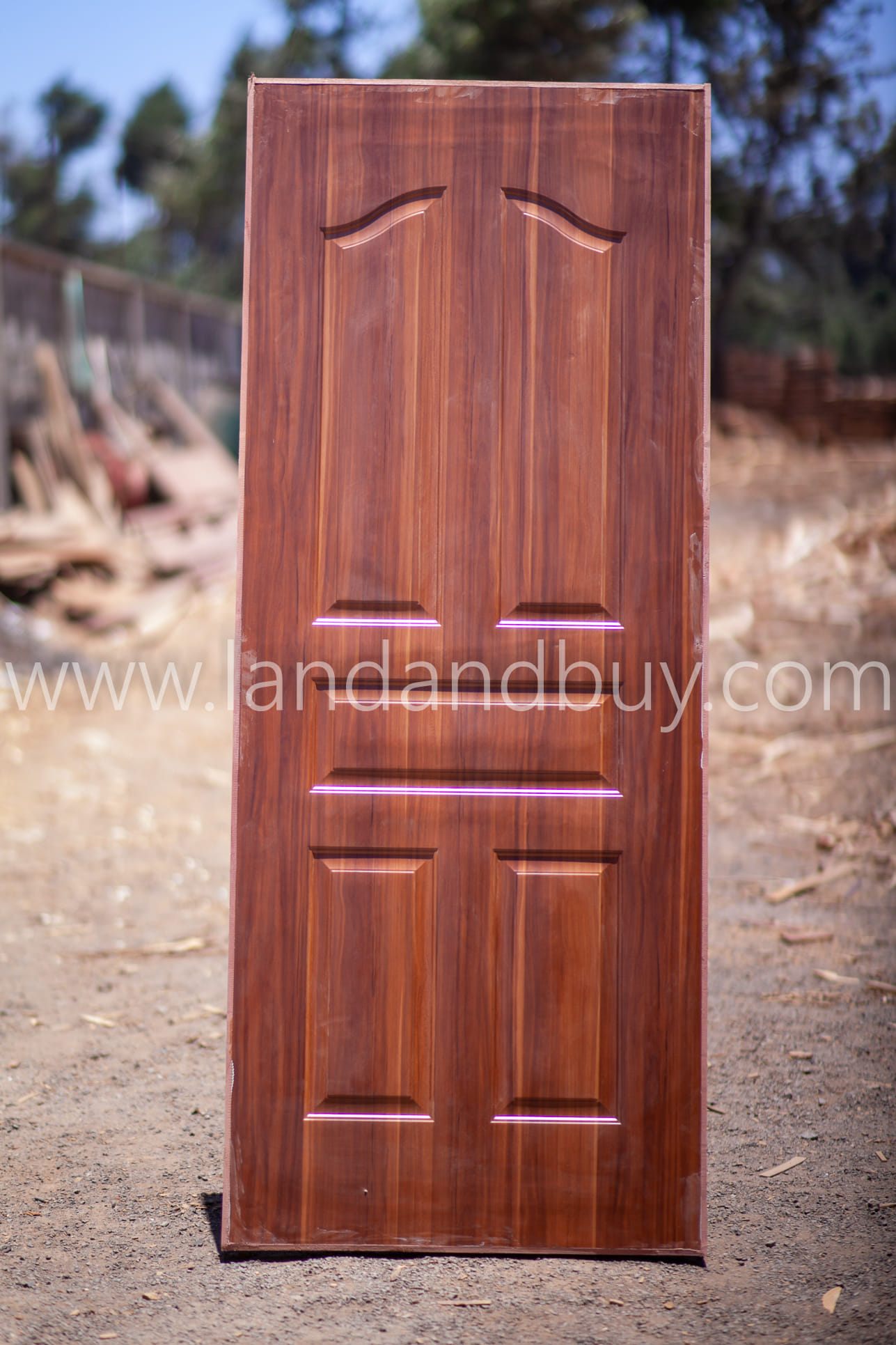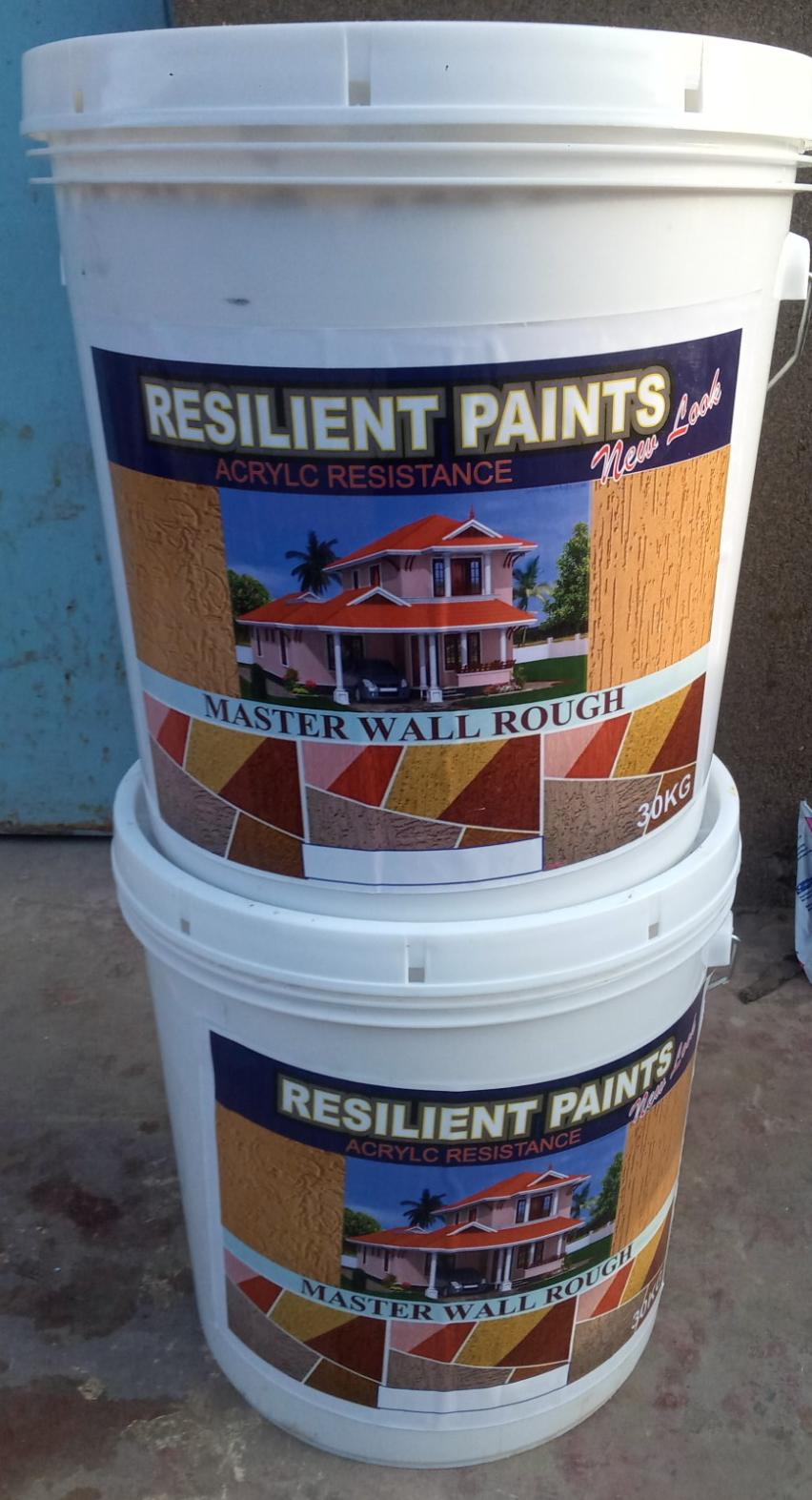![LNB-MX Back Filling [Muchongo] - 20Tons](https://landandbuy.com/storage/app/public/products/gQ4M8szrKnYGl0DcN1N5RoyZ5.jpg)
LNB-MX Back Filling [Muchongo] - 20Tons
Price: KES KES 19,000.00
SKU:BM-PTNR0-PRDC38-PRDT1724
Category: Building & Construction
Specifications
LNB-MX Back Filling [Muchongo] - 20Tons
Back filling, also known as "Mchongo" in some regions, is a construction technique used to fill an excavated area with material to create a level surface or to provide support for structures, utilities, or landscaping. It involves the process of adding material, often soil or aggregate, into an excavated area to replace the volume that was removed during excavation.
Here's a step-by-step description of the back filling process:
1. Excavation: The first step is to excavate the area according to the desired depth and dimensions. This could be for various purposes such as building foundations, trenches for utilities like pipes or cables, or landscaping projects.
2. Preparation: Before back filling, the excavated area is usually inspected to ensure it meets the necessary specifications and requirements. Any loose or unstable material may need to be removed or compacted to provide a stable base for the back filling material.
3. Selection of Backfill Material: The type of material used for back filling depends on factors such as the intended use of the area, soil conditions, and engineering requirements. Common materials include soil, gravel, crushed stone, or a mixture of these.
4. Placement of Backfill Material: The selected material is then placed into the excavated area in layers, with each layer being compacted to ensure stability and prevent settling. This may involve the use of heavy machinery such as bulldozers, compactors, or backhoes to spread and compact the material effectively.
5. Compaction: Compaction is a critical step in the back filling process to ensure that the material is densely packed and provides adequate support. Proper compaction helps to minimize settling over time and prevents issues such as uneven surfaces or structural instability.
6. Testing and Inspection: Throughout the back filling process, quality control measures may be implemented to ensure that the material meets specified standards. This may involve conducting tests to assess factors such as density, moisture content, and compaction levels.
7. Finishing: Once the back filling is complete and the area has been properly compacted and inspected, any necessary finishing touches may be applied. This could include grading the surface to the desired slope, installing drainage systems if needed, or preparing the area for further construction or landscaping activities.
Overall, back filling is an essential part of many construction projects, providing stability, support, and a level surface for the development of structures, utilities, and outdoor spaces. Proper planning, material selection, and execution are key to ensuring the success and durability of back filling operations.
Same-day delivery is guaranteed for orders placed before 9 am, contingent upon the distance. Pricing is determined by the proximity to the source; therefore, we kindly request that you specify your location when placing an order.











